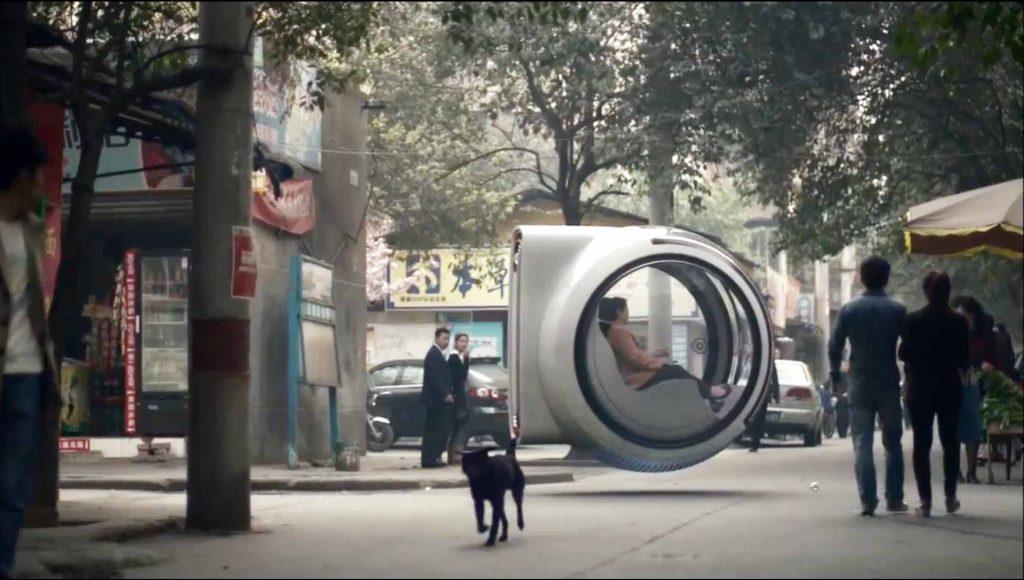

"The trend is towards safe cars that can easily navigate overcrowded roads and have a personal, emotional and exciting design." "The creative ideas from the ‘People's Car Project' give us a valuable insight into the wishes of Chinese drivers," Simon Loasby, Head of Design at Volkswagen Group China, said. Volkswagen defines the car as an all-electric two-seat city car that hovers just above the ground and travels along electromagnetic roadways.

The Hover Car is the concept that catches our attention the most, if only for the fact that it brings back childhood memories of the hoverboard that Marty McFly used as an escape vessel in Back to the Future II. It developed concept cars around the ideas and is displaying them at the Beijing Motor Show. "We are no longer just building cars for, but also with customers and at the same time initiating a national dialog which gives us a deep insight into the design preferences, needs and requirements of Chinese customers."įrom the initial 119,000 ideas, Volkswagen picked three of its favorites. "The ‘People's Car Project' in China marks the beginning of a new era in automobile design", Luca de Meo, Director of Marketing, Volkswagen Group said. Since debuting the project in China nearly a year ago, Volkswagen has inspired 33 million website visitors and 119,000 unique ideas for possible products and technologies. The Hover Car is one of three top concepts that Volkswagen procured through the crowd-sourced "People's Car Project" (PCP). But a Volkswagen that hovers a few feet over the ground? That channels a mix of Back to the Future and The Jetsons that adds some excitement to the personal mobility segment. The Segway was never exactly an enviable ride, and newer concepts like the GM EN-V aren't any better.

Today, however, VW is far from alone among major automakers interested in the technology - some of its leading global rivals, including General Motors, Hyundai and Toyota, all hope to capitalize on the future of urban transit.The world of personal mobility transporters doesn't bring a whole lot of glamor. The world’s largest country - and car market - now accounts for the largest share of VW sales.įlying cars, of course, have been a subject of the imagination for decades, but the possibility became more realistic as battery technology accelerated and a handful of startups and aerospace companies started building prototypes. Volkswagen said it is particularly interested in the technology in China, where VW has taken over a pair of automotive joint ventures as Beijing relaxed its requirements on foreign car makers. The executives indicated the company is exploring possible partnerships - and vehicle concepts - for a drone that could be licensed as urban aerial transit becomes a reality.

In a post on LinkedIn, CEO Herbert Diess and Stephan Woellenstein, the head of VW’s China operations, discussed how “vertical mobility” could be part of its future - that is, “flying cars.” Volkswagen is in the midst of a dramatic, expensive transformation into a maker of electric vehicles in the wake of stricter emissions requirements and the global scandal over its rigging of diesel systems.īut company executives are reportedly already looking beyond the shift to battery vehicles - and even beyond emerging self-driving technologies. Company executives are exploring possible partnerships - and concepts - in China.


 0 kommentar(er)
0 kommentar(er)
